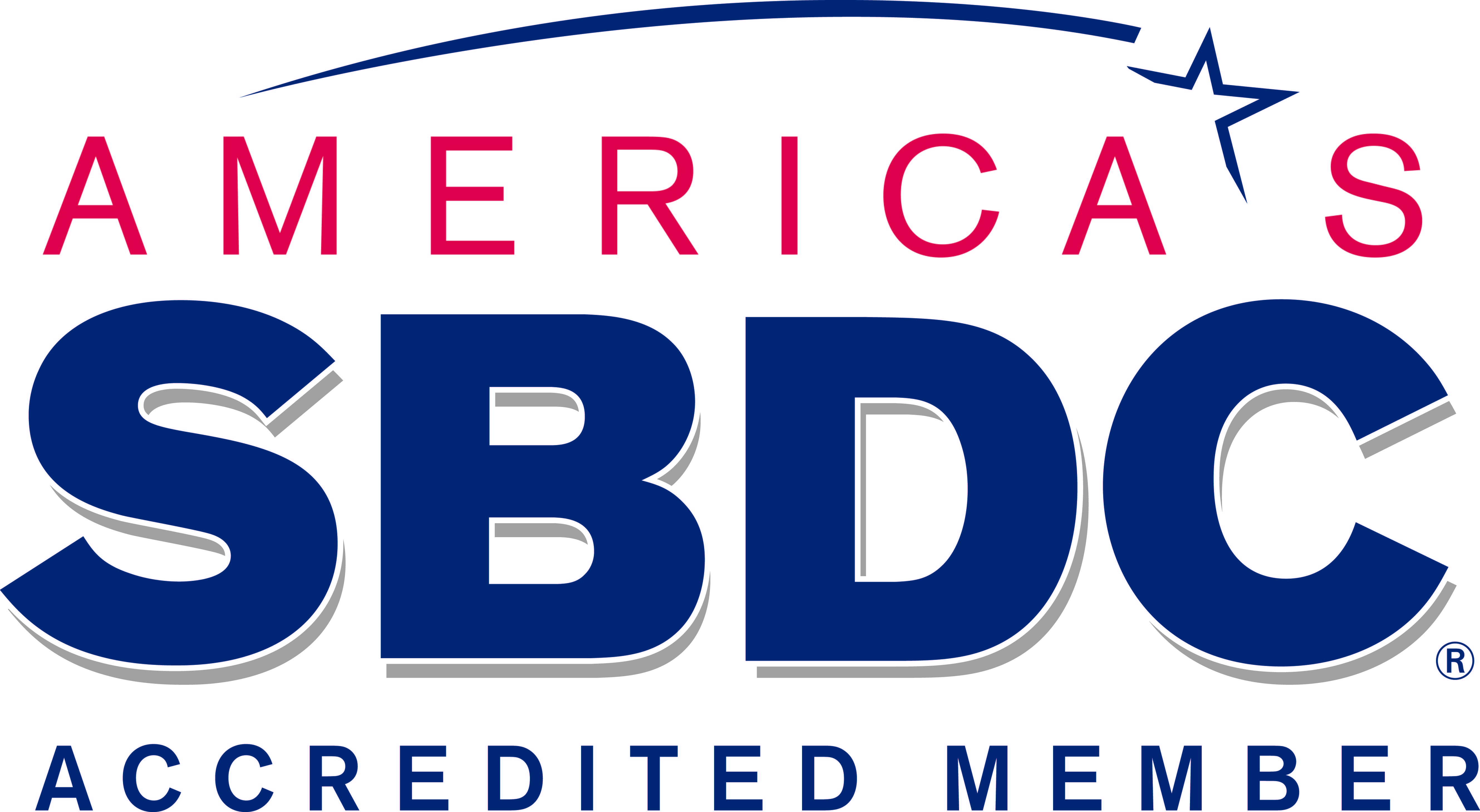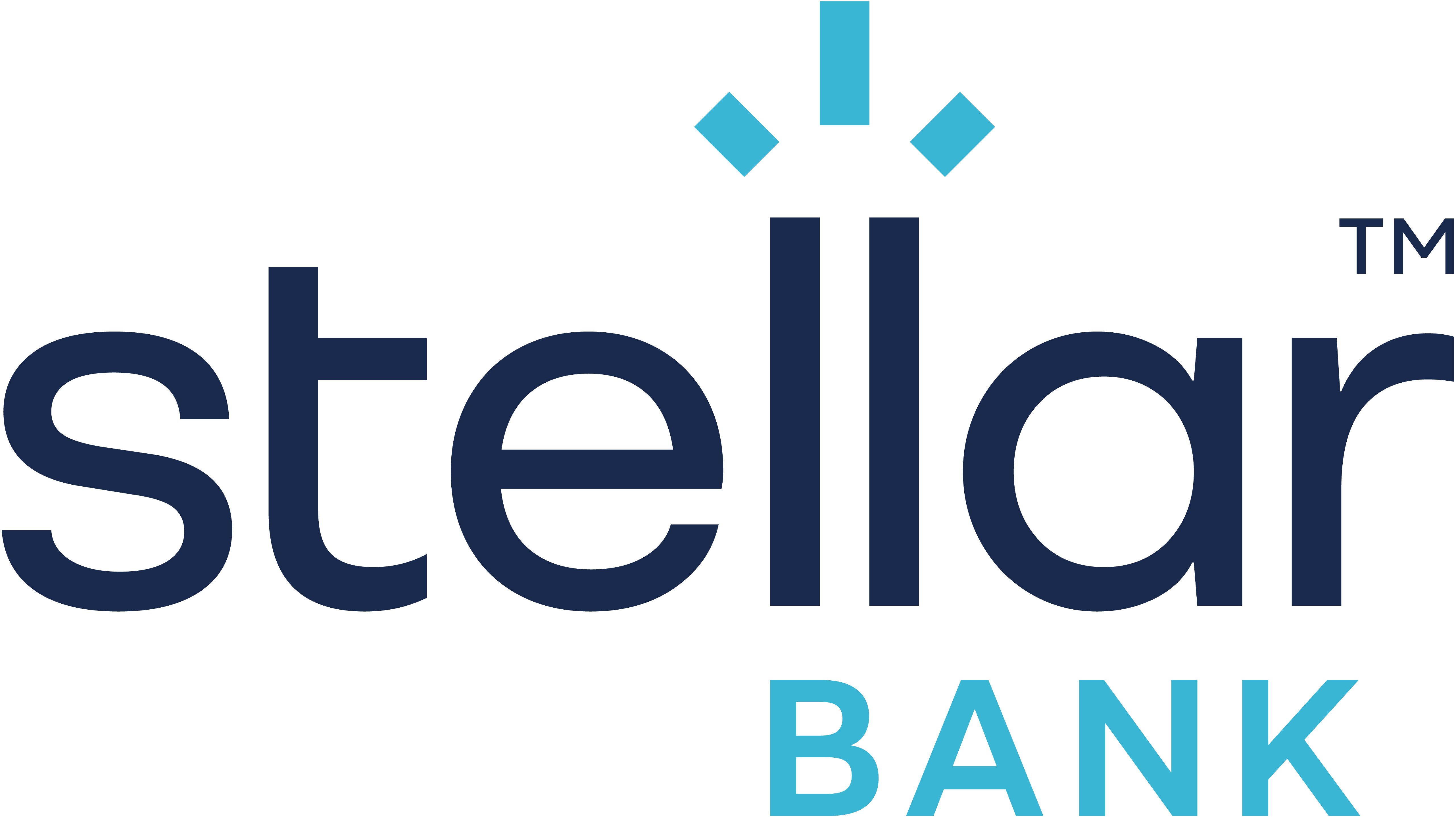How to Support Your Employees’ Mental Health and Well-Being

By Aries Payne
According to the 2023 Work in America Survey, 92% of workers surveyed reported that it is important to “work for an organization that values their emotional and psychological well-being.” While this statistic isn’t surprising, it shows that a supportive, positive work environment can go a long way for employee morale and retention.
Different companies take various approaches to ensuring their staff feel taken care of, but your options will be heavily dependent on the resources you have available. That said, here are a few simple ways small businesses can foster a workplace culture that supports employees’ mental and emotional health.
Set Boundaries
Employees are encouraged to set boundaries with their employers to maintain a positive work-life balance. However, as a business owner, you can take the initiative by establishing healthy, reasonable expectations to prevent stress and burnout.
- Monitor workloads: Employees should have an equitable workload and schedule. Encourage staff to communicate if they feel overwhelmed or need support to perform core duties. Establish that, within reason, it is okay to say no to taking on additional work when asked.
- Limit long hours and overtime: Discourage staff from staying past business hours or during lunch to catch up on tasks.
- Discourage checking messages outside of working hours: Some employees will check their work email or messages while they’re on vacation. By discouraging this practice, you can ensure they keep a strong boundary between their personal life and work.
- Promote breaks: While some companies don’t explicitly dictate how often employees should rest, it’s important to encourage frequent short breaks for workers to get fresh air, stretch, or move around.
Be Flexible
It’s important to remain flexible when it comes to supporting your staff. Each person is different, so you’ll want to establish policies that will work for any employee you bring on board.
- Offer various schedules: If you have staff with different personal needs, multiple shifts can ensure uninterrupted business operations. For example, working mothers may prefer a later shift so they have time to get their kids ready for school in the morning, while a student attending night school will want to work earlier.
- Consider remote or hybrid options: More businesses are offering employees the option to work remotely or hybrid. Depending on your industry and your staff's personalities, they may prefer a flexible schedule rather than always working on-site.
- Encourage mental health days: These can be allotted days outside of your standard PTO policy that your employees can take to rest.
Offer Free Resources and Rewards
There are also multiple resources you can offer your workforce to ensure they prioritize their mental health and well-being.
- Cover health and wellness apps: Some businesses offer to cover the cost of a subscription for select health and wellness apps. A few popular options include Headspace, ClassPass, Calm and Wellable.
- Set up employee assistance programs (EAPs): EAPs are offered by companies to give employees access to confidential counseling, therapy, and coaching. It’s a popular, cost-effective alternative to offering additional mental health coverage within a given insurance plan.
- Reward employee performance: Staff feel more valued when companies recognize excellent performance. Certain platforms can be set up for management to send kudos, with some using a point system employees can use to redeem prizes like gift cards.
Communicate and Connect
Employees also appreciate working for companies that effectively communicate and foster positive relationship-building among colleagues.
- Ensure clear communication: Clear instructions, defined expectations, and regular updates on business or project changes will ensure you and your staff are always on the same page, and they will feel more in control of day-to-day tasks. An internal communications plan can help you streamline this.
- Create opportunities for your team to connect. This can take the form of employee resource groups (ERGs), a social happy hour, or other after-work events.
- Schedule team-building workshops: Establish routine company retreats to teach colleagues to work together while developing professionally. The type and length of the retreat can scale according to your staff as it grows.

Invest in Your Employees’ Well-Being
Investing in your staff’s well-being isn’t just the right thing to do; it’s a business decision that benefits everyone as your organization grows. By implementing any of these strategies, you can cultivate a workplace prioritizing mental health, and a happy, healthy workforce is a productive one.
Ready to empower your staff? Contact your local SBDC to schedule a no-cost, confidential, one-on-one business advising session and discover the tools you need to promote employee mental health and well-being.







